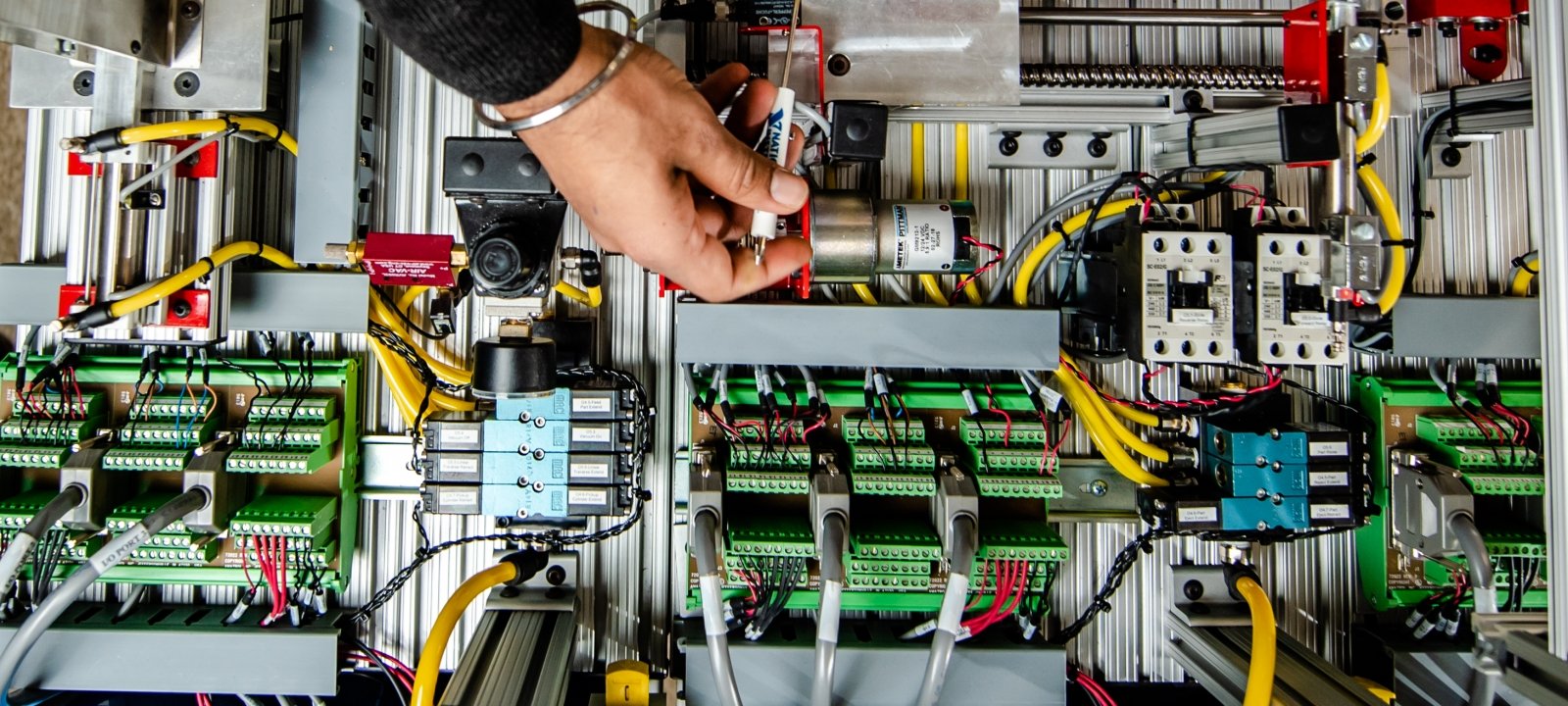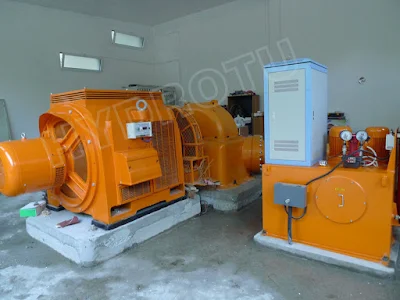The synchronouse Generator :
electric generator:
It is a mechanical device that converts kinetic energy into electrical energy in the presence of a magnetic field and works with electromagnetic induction, which is the basis for generating inductive current.
Generator Components:
The generator consists of two parts (mechanical part - electrical part).
The mechanical part:
consists of the fixed member (Stator) and the moving member (Rotor).
One of them carries the coils for the production of electric power and is called the Armature, and the other carries the coils of the magnetic field. It is preferable that the coils for the production of electric energy are installed on the stator (Stator) and the coils of the production of the magnetic field are installed on the rotor.
For reasons including:
The drawn current is very large, so it is preferable to take it directly and not through slip rings.
Eliminate slip rings or reduce them to be 2 instead of 6.
Ease of cooling the electric power output coils when they are fixed.
The rotor that carries the coils of the magnetic field is fed a constant current through the two slip rings, and we know that the current passing through The rotor has a constant current, so it is made of solid iron and not in the form of strips to prevent the eddy currents.
The electrical part:
consists of the carrier frame, which is the output of energy. The coils of this frame generate electrical power.
Field coils: It is the product of the magnetic field, a small amount of the field coils current is transmitted to the moving part to start the process of rotation.







0 Comments